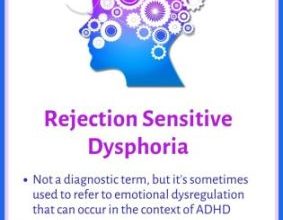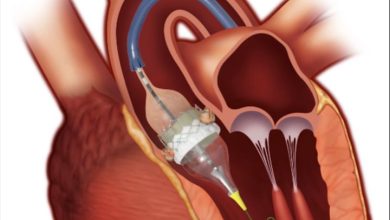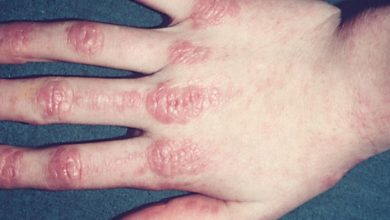Hemophilia: Understanding The ICD-10 Code For Proper Diagnosis And Treatment
What is Hemophilia A ICD 10?
Hemophilia A ICD 10 is a specific code used in the International Classification of Diseases (ICD) to classify and code for cases of hemophilia A, which is a genetic disorder that impairs the body’s ability to form blood clots. Hemophilia A is also known as factor VIII deficiency, as it is characterized by a lack of the clotting factor VIII in the blood.
Code Information
The ICD-10 code for Hemophilia A is D66. Hemophilia A is classified as a coagulation defect, which falls under the larger category of blood disorders in the ICD-10 coding system.
Diagnostic Related Groups (MS-DRG)

For patients with hemophilia A, the MS-DRG that is typically assigned is MS-DRG 813 – Coagulation Disorders. This DRG includes cases of hemophilia, von Willebrand disease, and other coagulation disorders.
Convert to ICD-9 Code
In the previous version of the ICD coding system, ICD-9, Hemophilia A was classified under code 286.0. If you need to convert an ICD-10 code to its equivalent ICD-9 code for billing or other purposes, you would use this code.
Code History

The ICD-10 code for Hemophilia A, D66, has been in use since the implementation of the ICD-10 coding system in 2015. Prior to that, the ICD-9 code for Hemophilia A was 286.0. The transition to ICD-10 allowed for more specific coding and classification of diseases and disorders.
Approximate Synonyms
Some approximate synonyms for Hemophilia A include:
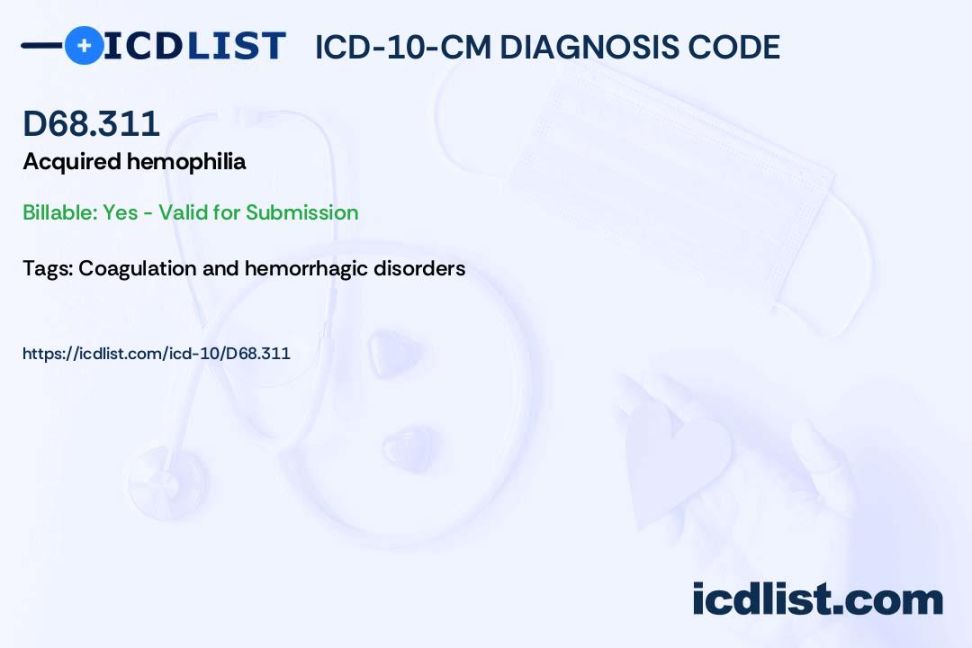
Classic Hemophilia
Hemophilia, Hereditary
Factor VIII Deficiency
Clinical Information
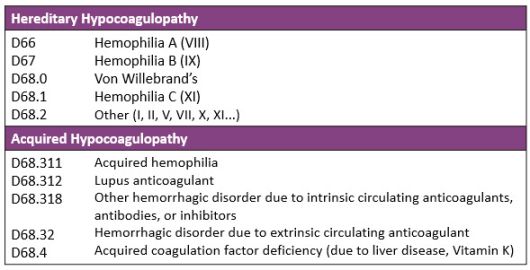
Hemophilia A is an inherited bleeding disorder that primarily affects males. It is caused by a mutation in the gene that encodes factor VIII, a protein essential for blood clotting. People with hemophilia A may experience prolonged bleeding after injury or surgery, as well as spontaneous bleeding into joints and soft tissues.
Causes
Hemophilia A is caused by a mutation in the F8 gene, which provides instructions for making factor VIII. This mutation leads to a deficiency or dysfunction of factor VIII, which impairs the body’s ability to form blood clots effectively.
Symptoms
The primary symptom of Hemophilia A is prolonged bleeding after injury or surgery. Other symptoms may include:
Easy bruising
Bleeding into joints (hemarthrosis)
Nosebleeds
Blood in the urine or stool
Diagnosis
Diagnosis of Hemophilia A is typically made through a blood test that measures the levels of factor VIII in the blood. Genetic testing may also be used to confirm the diagnosis and identify the specific mutation causing the disorder.
Treatment
Treatment for Hemophilia A involves replacing the missing or deficient factor VIII through infusions of recombinant factor VIII concentrate. This helps the blood to clot more effectively and reduces the risk of bleeding episodes. In severe cases, prophylactic treatment may be recommended to prevent joint damage and other complications.
Conclusion
In conclusion, Hemophilia A ICD 10 is a specific code used to classify cases of Hemophilia A in the International Classification of Diseases. It is a genetic disorder that impairs the body’s ability to form blood clots due to a deficiency of factor VIII. Diagnosis is made through blood tests and genetic testing, and treatment involves replacing factor VIII to help the blood clot effectively and reduce bleeding episodes.
FAQs
1. Is Hemophilia A inherited?
Yes, Hemophilia A is an inherited genetic disorder that primarily affects males.
2. What are the common symptoms of Hemophilia A?
Common symptoms of Hemophilia A include prolonged bleeding, easy bruising, and bleeding into joints.
3. How is Hemophilia A diagnosed?
Hemophilia A is diagnosed through blood tests to measure factor VIII







